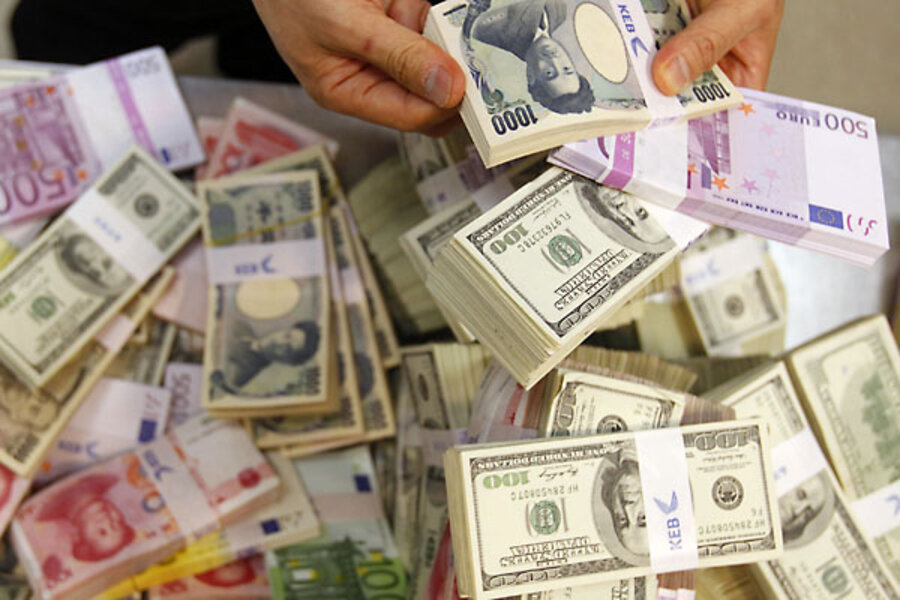Is hard currency on its way out? Introducing the new virtual world currency.
Loading...
When discussing reserve currency alternatives to the US dollar, conversation almost inevitably returns to the International Monetary Fund’s “synthetic reserve asset,” the Special Drawing Right (SDR).
However, the SDR basket of currencies is noticeably antiquated in its design, including only the currencies of industrialized nations… namely British Pounds, Euros, Japanese Yen, and US Dollars. This week, foreign exchange manager Overlay Asset Management has announced a currency basket it’s launching in order to offer a more up-to-date “virtual world reserve currency.”
According to the Financial Times:
“[Overlay Asset Management's] Wealth Preservation Currency Index consists of the currencies of the world’s 15 largest economies, weighted by their gross domestic product, adjusted for purchasing power parity. The PPP element ensures a higher weighting to emerging market currencies than is commonplace in other currency baskets, with the Chinese renminbi (accessed through non-deliverable forward contracts) accounting for 16 per cent, Indian rupee 6 per cent and Brazilian real 4 per cent.
“In contrast the International Monetary Fund’s special drawing rights, the nearest approximation to a global currency, consists purely of a basket of developed world currencies. Overlay says the hedging tool has attracted the interest of sovereign wealth funds, particularly from the Middle East and East Asia, pension funds, insurance companies, wealthy individuals and family offices, while a number of central banks are purportedly keen to use it as a benchmark for their forex reserves…
“…Overlay’s rationale is that investment portfolios are often heavily exposed to the dollar, but many investors have doubts as to whether the greenback can retain its value and remain the world’s primary reserve currency.”
The global “currency war” — as many are calling it — continues to heat up, with no obvious resolution in sight. While it wouldn’t be a simple, quick, or painless process to replace the US dollar as reserve currency, it seems inevitable that calls for just such action are bound to increase, especially if currently loose US monetary policy – including quantitative easing in particular — continues unabated.
You can read more details in Financial Times coverage of how a new world currency index has launched.
Add/view comments on this post.
------------------------------
The Christian Science Monitor has assembled a diverse group of the best economy-related bloggers out there. Our guest bloggers are not employed or directed by the Monitor and the views expressed are the bloggers' own, as is responsibility for the content of their blogs. To contact us about a blogger, click here. To add or view a comment on a guest blog, please go to the blogger's own site by clicking on the link above.





